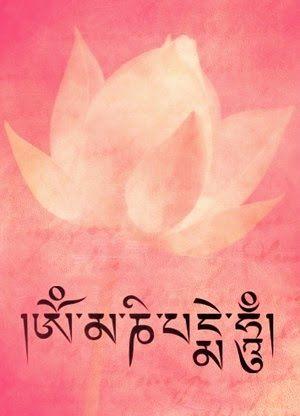Om Mani Padme Hum: A Deep Dive into the Mystical Mantra
The Om Mani Padme Hum mantra is a sacred Buddhist mantra that has captivated the hearts and minds of practitioners for centuries. This article delves into the origins, meanings, and significance of this powerful mantra, offering a comprehensive guide to its many dimensions.
Origins of the Mantra
The Om Mani Padme Hum mantra is believed to have originated in the 8th century in Tibet. It is closely associated with the teachings of Padmasambhava, also known as Guru Rinpoche, who is considered the second Buddha in Tibetan Buddhism. The mantra is often found inscribed on prayer wheels, mani stones, and other sacred objects throughout the Himalayas.

Meaning of the Mantra
The mantra consists of six syllables, each with its own meaning:
| Syllable | Meaning |
|---|---|
| Om | Represents the universe and all its phenomena |
| Ma | Represents the precious and impermanent nature of life |
| Ni | Represents the wisdom to see through the illusions of samsara (the cycle of birth, death, and rebirth) |
| Padme | Represents the lotus flower, symbolizing purity and the potential for enlightenment |
| Hum | Represents the Buddha himself, embodying compassion and wisdom |
Together, these syllables form a powerful invocation that calls upon the blessings of the Buddha to help practitioners achieve enlightenment.
Practical Applications of the Mantra
Practitioners use the Om Mani Padme Hum mantra in various ways:
-
Recitation: Chanting the mantra is a common practice, often done in sets of 100, 1,000, or even 100,000 repetitions.

-
Mantra Meditation: Practitioners may focus on the mantra’s meaning and visualize the syllables as they recite them.
-
Mani Stones: These are small, hand-carved stones inscribed with the mantra, which are often rolled along a string or placed in a circle.
-
Prayer Wheels: These are large cylinders with the mantra inscribed on them, which are spun clockwise to disseminate the mantra’s blessings.
Symbolism and Cultural Significance
The Om Mani Padme Hum mantra holds great significance in Tibetan culture and beyond:
-
Religious Symbol: The mantra is a central element in Tibetan Buddhism, representing the path to enlightenment.
-
Cultural Icon: The mantra is often seen as a symbol of Tibetan identity and resilience, especially in the face of historical adversity.
-
Artistic Inspiration: The mantra has inspired countless works of art, including thangka paintings, sculptures, and music.
Modern Relevance
In today’s fast-paced world, the Om Mani Padme Hum mantra continues to offer solace and guidance:
-
Stress Relief: Reciting the mantra can help reduce stress and promote a sense of inner peace.
-
Self-Reflection: The mantra encourages practitioners to reflect on the impermanent nature of life and the importance of compassion.
-
Global Connection: The mantra’s popularity has spread beyond Tibetan Buddhism, reaching people of all faiths and backgrounds.
The Om Mani Padme Hum mantra is a timeless and powerful tool for spiritual growth and transformation. Whether you are a Buddhist practitioner or simply curious about the mantra’s significance, exploring its many dimensions can provide profound insights into the nature of existence and the potential for enlightenment.




